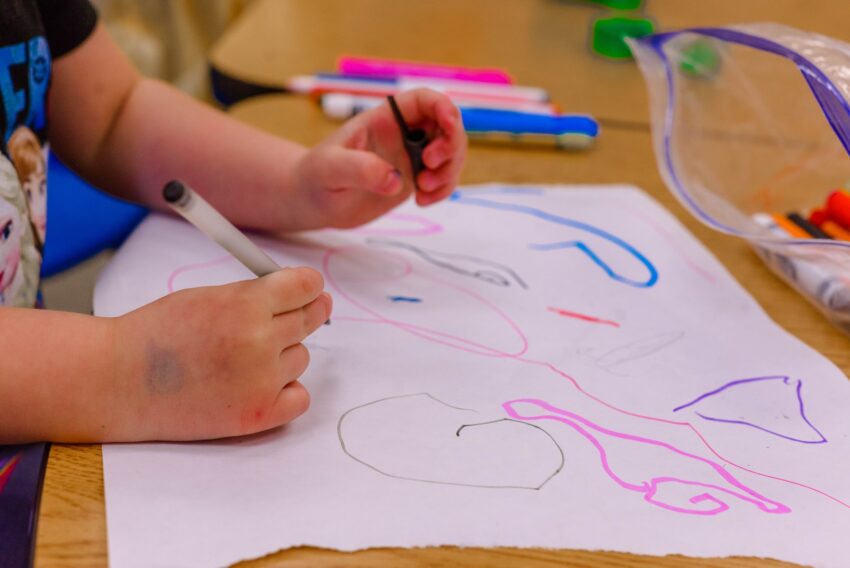A high-quality preschool program has several qualities. Generally, a high-quality preschool will have three or more outdoor areas, a bachelor’s degree teacher, and an open floor plan with low shelves. The director will also be familiar with quality concepts and incorporate them into the classroom. If a director does not share these qualities, it is probably best to continue your search.
Common Elements Of A High-Quality Preschool Program
High-quality preschool programs should empower children to explore the world and follow their curiosity. The preschool environment like in Reggio child care should foster creative thinking and promote respectful interactions. The curriculum should be child-centered and emphasize play and kid-centered learning activities. Parents should look for preschools that align their philosophy with developmentally appropriate practices. These practices can help your child become a lifelong learner and self-starter. High-quality preschool programs should also be family-friendly. Parents and teachers should work together to ensure their children feel involved in the program. The National Association for the Education of Young Children recommends that teachers listen to parents’ goals and communicate in their language.
Teachers With A Bachelor’s Degree
There is a growing body of evidence linking the qualifications of preschool teachers to children’s learning and development. A recent report summarized this research and found that higher education levels predicted better teaching and child development. The report, Better Teachers, Better Preschools, links preschool teacher qualifications to child achievement. The qualifications required to teach preschools are comparable to those of elementary school teachers. Most degree programs require students to complete a practicum or full-fledged student teaching experience.
Outdoor Areas With Three Or More Natural Elements
Outdoor spaces should be designed with natural elements that provide active play and independent exploration opportunities. Outdoor areas with a natural design are flexible and allow educators to respond to the interests of children. Children’s interests are the primary guide in creating an outdoor environment. These spaces should also include unstructured spaces, play equipment, and activities that support learning and creative play.
Outdoor play areas should be regularly inspected and designed with the same safety standards as their indoor counterparts. The design should include various play materials for active play, quiet activities, science, and nature. A well-designed outdoor space should be inclusive of all the learning needs of children, from toddlers to older children.
Open Floor Plan With Low Shelves
A preschool classroom should feature an open floor plan with low shelves and a clear restroom area. The restroom area should be within easy reach of the teacher and children, but it should be set behind a low wall to maintain privacy. This will help the teacher monitor the students and ensure their safety.
Toys that require higher supervision should be kept in areas where the parents hang out most. For example, a sensory table should be near an art easel. The flooring should also be appropriate for sand, water, or paint.
Classrooms With Dramatic Play Equipment
Dramatic play centers are vital parts of any preschool classroom. They help children develop their imaginations and explore different roles as they learn about the environment, careers, and communities. The size and number of dramatic play centers should depend on the size of the overall room and the number of children in the program.
The dramatic play equipment is often a low-carpeted platform. The platform should be enclosed on three sides. Consider introducing tools and materials from various cultures to add variety to the dramatic play area. For example, dress-up clothes with African prints can be used in the area. Families can also contribute props for the dramatic play area.
Positive Relationships Between Teachers And Children
The present study investigated the relationships between preschool teachers’ perceptions of children’s behaviors and their behaviors toward them. We hypothesized that teachers’ reports of children’s behavior would positively relate to their responses to commands and other forms of discipline. Further, we hypothesized that teachers’ behavior towards children who exhibited problem behaviors would positively affect their responses to commands.


